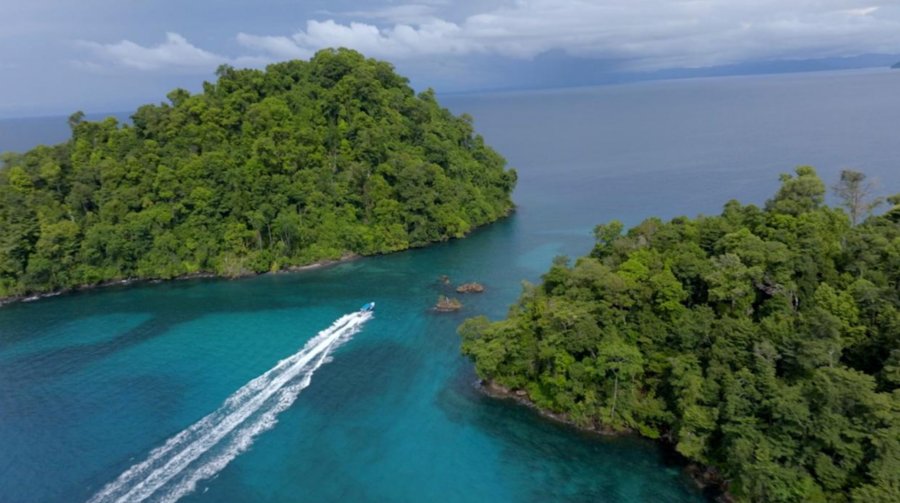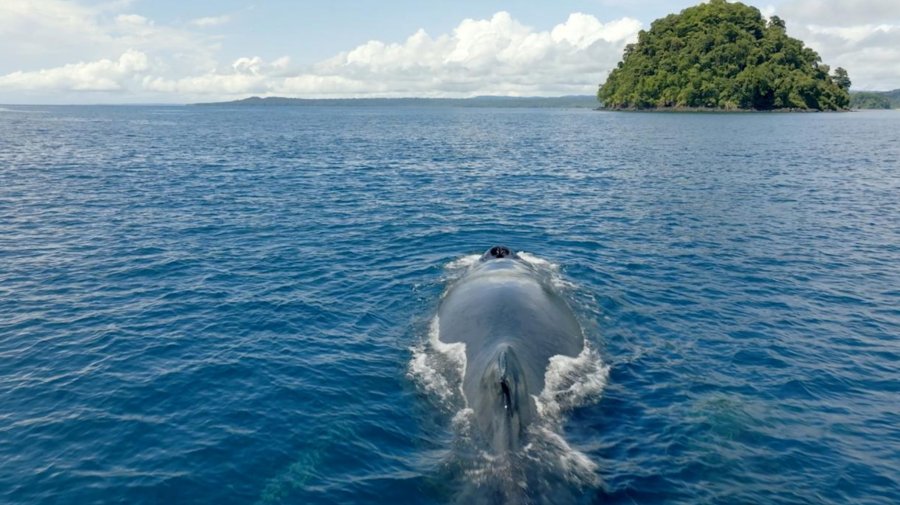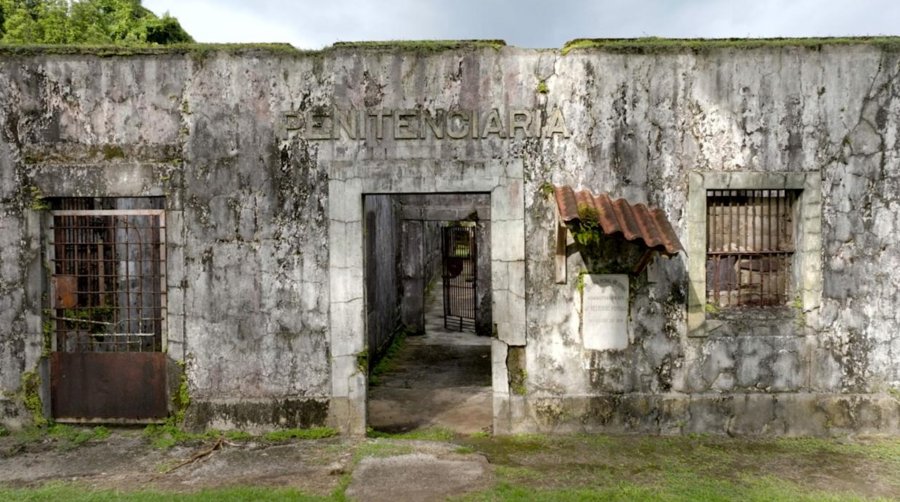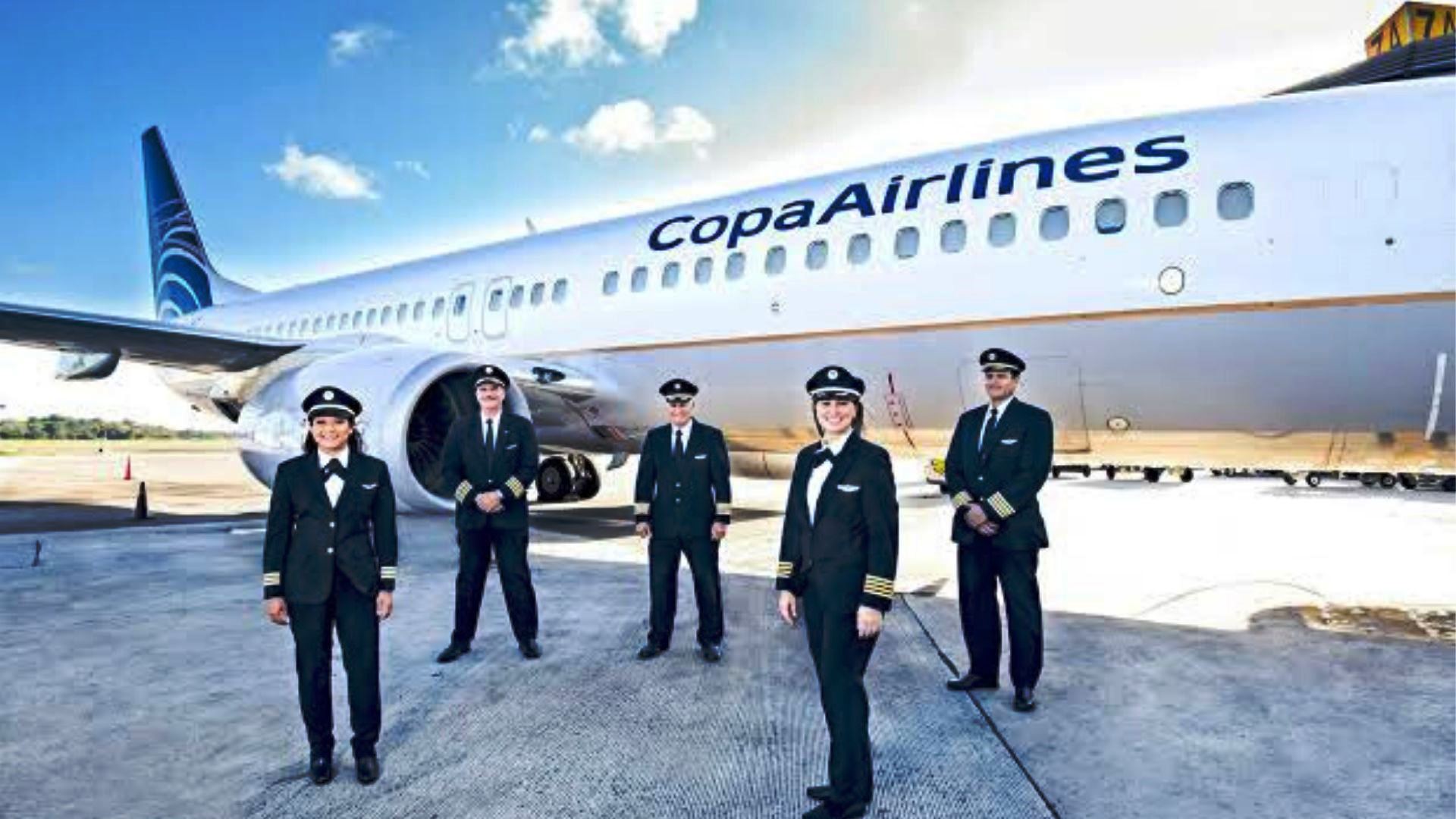‘Last Lands’ Travels to Former Panama Island Prison that Became a National Park

ABC News Live’s original docuseries “Last Lands” season 2 moved to Panama for its second episode. The Emmy-nominated and Webby-winning show highlighted the richly biodiverse ecosystem of the Central American nation’s Coiba National Park, which includes an island that was once a penal colony.
Coiba’s isolated nature has allowed for narco activity to occur undetected along the island’s shores, according to authorities. They noted that Coiba is along the path traveled by narco semi-submersibles — traveling from Southern and Central America to the U.S. and Canada. These semi-submersibles made headlines as the U.S. launched an airstrike on an alleged narco submarine in the Atlantic last week.

Coiba, a Panamanian national park, also happens to be a stop along the world’s second largest whale and shark “super highway.”
“Last Lands” is produced in partnership with ABC News Live and Global Conservation, the only international group focused solely on protecting endangered national parks and Indigenous territories in developing countries. The series takes viewers around the world, highlighting the urgent mission to protect our planet’s most threatened places.
Hosted by award winning correspondent Bob Woodruff, this episode of “Last Lands” takes a look into the former penal colony 30 miles off of Panama’s southern coast. The prison was built in 1919, and became known for its harsh conditions and holding some of the country’s worst criminals.
When a prisoner died, they were either buried in unmarked graves or dismembered and thrown to the sharks. At its peak, the prison held 3,000 inmates in 30 work camps across the island.

In 1991, three years after the end of Panama’s military rule, the government declared Coiba island part of a national park. In addition to Coiba, 38 smaller islands and marine areas within the Gulf of Chiriquí were declared part of the national park. The prison was operational under the dictatorships of Omar Torrijos and Manuel Noriega and shut its doors in 2004. In 2005, it was declared a UNESCO World Heritage Site.
Today, this gem in the Pacific is a refuge for sharks, turtles and whales. It’s home to 700 types of fish, 30 species of sharks and the largest reefs in the Pacific Americas. However, authorities warned that the waterways off the island’s coast are under threat from illegal fishing as well as drug trafficking.
“Last year, we captured, I think, 10 tons of shark fins in a local smuggling ring,” Juan Carlos Navarro, Panama’s minister for the environment, told ABC News.
The fight for conservation is important to preserve the historic natural wonders for indigenous people today.
“If we don’t act now, everything will be lost and scientists will not be biologists, [we] will be paleontologists. That’s what I’m trying to protect,” Navarro said.
ABC News, Maya Duclay





